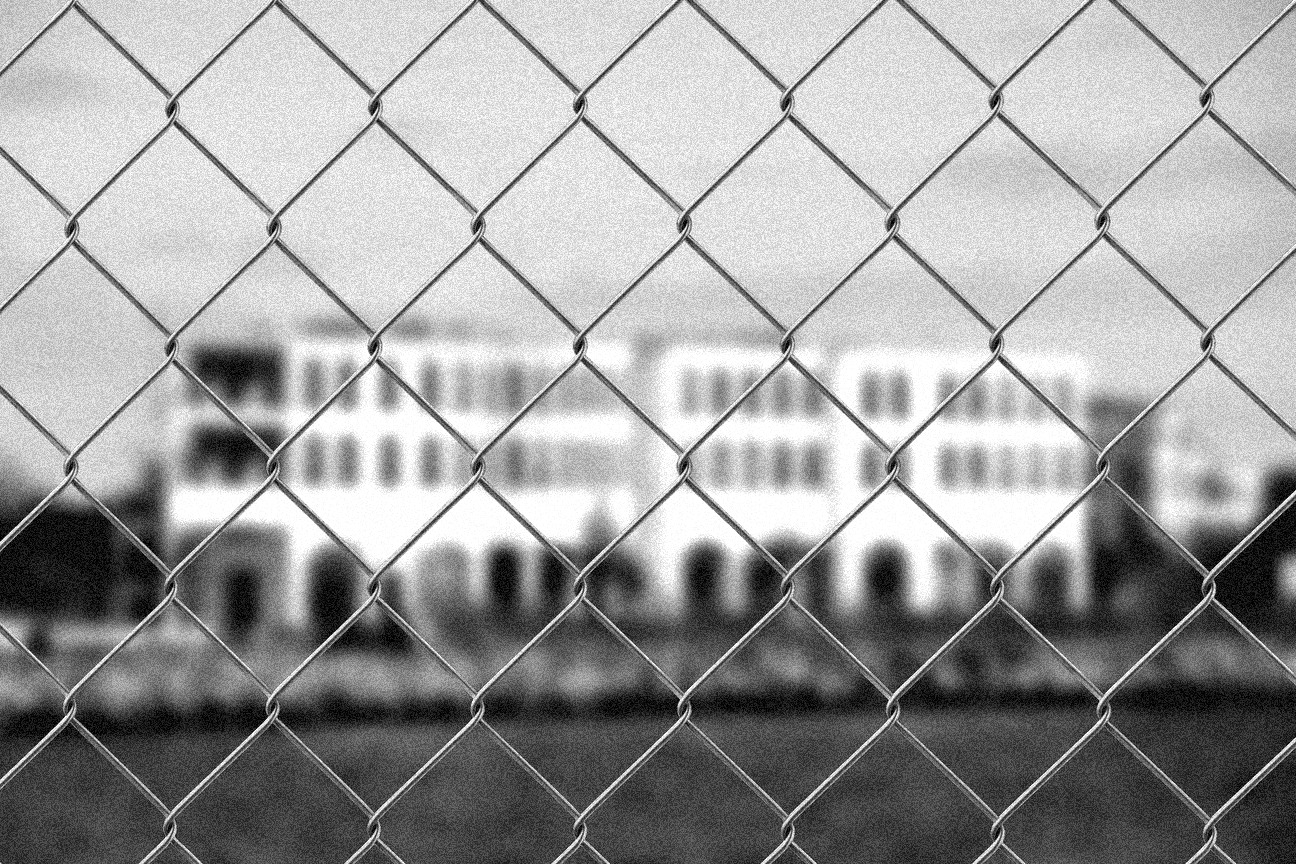

Established in the early 1950s during a surge of public fascination and scientific curiosity surrounding psychic phenomena, the Mindwalkers Division was formed under the newly created Bureau of the Other-Than-Ordinary to investigate and respond to emerging supernatural threats. As concepts like extrasensory perception (ESP), telepathy, and psychokinesis gained mainstream attention, government agencies began to take these phenomena seriously, not merely as speculative fiction but as tools of strategic importance. Researchers in parapsychology were confronted with verifiable cases that challenged existing scientific boundaries. Around this time, experimental programs exploring psionics, or mental abilities believed to influence physical reality, began incorporating methods grounded in behavioral science and engineering, such as psychic driving and sensory conditioning. These programs tested the feasibility of enhancing their potential for intelligence, defense, and diplomatic purposes. The Mindwalkers became the government's first official unit dedicated to the containment of supernatural threats alongside recruitment, training, and operational deployment of individuals with verified psychic abilities. While other classified programs explored similar capabilities with narrower scopes, such as tactical psionic warfare or mind-based interrogation, the Mindwalkers represented a broader mandate to bridge the human and the extraordinary in service of national security.
By the 1960s, psychics had become an accepted part of everyday American life, with readings, mediumship, and clairvoyant consultations emerging as cultural phenomena and commercial services. Psychic fairs became widespread, and it was not uncommon for law enforcement agencies or citizens to seek psychic guidance for missing persons cases, personal decisions, or spiritual insight. However, as the popularity of these services grew, so did their exploitation. Certain individuals and groups began using the guise of psychic ability to manipulate vulnerable clients, launder money, and coordinate illicit activities, including gang operations. The Mindwalkers Division, already active under the Bureau of the Other-Than-Ordinary, was called upon to investigate and dismantle these networks, preserving the integrity of legitimate practitioners and protecting the public from abuse. This era also marked the emergence of organized opposition to the Mindwalkers, most notably from groups like Cognitive Dissent and Id Unbound, who viewed the Division’s presence as a threat to personal freedom.

Cardington Power Plant, 1970s
The 1974 Cardington Nuclear Incident marked a turning point in public perception and governmental reliance on the Mindwalkers Division, following years of reduced visibility and diminished funding. The explosion, which devastated the rural town of Cardington, led to the immediate establishment of a long-term quarantine zone now known as Glen Sighing, a name controversially championed by Dr. Sabine Leeren. Leeren was a parapsychologist and education reformist who launched an independent reconstruction effort centered around psychic education and research. The incident exhibited anomalous aftereffects not consistent with conventional radiation exposure, prompting the reactivation of Mindwalker teams to assess the fallout and assist survivors. Although tensions initially ran high between Dr. Leeren and the Division, due in part to her resistance to federal oversight, negotiations eventually led to cooperative efforts. These included the establishment of a pediatric care hospital and several education centers for the affected youth, many of whom exhibited heightened psychic sensitivity. Though still under strict containment, Glen Sighing endures as a monument of resilience and remains one of the few sites in the country where Mindwalker intervention is immortalized within its barricaded walls.

As of 1987, Glen Sighing has undergone a remarkable transformation from a disaster zone into a functioning, if unusual, community under continued Mindwalker oversight and federal support. Despite the lasting effects of the 1974 Cardington Nuclear Incident, Glen Sighing has managed to stabilize, with families adapting to life marked by extraordinary abilities and visible mutations. Inhabitants have exhibited a range of physiological changes, including pigmentation shifts in skin tone, with some appearing pink, blue, or green, alongside elevated cognitive and sensory perception. While the town remains officially restricted due to safety protocols, essential services, education, and infrastructure have been restored, largely through the joint efforts of the Mindwalkers Division and select federal agencies. Though its future reintegration into broader society remains uncertain, Glen Sighing reminds us all of the intersection of science, tragedy, and the other-than-ordinary.
